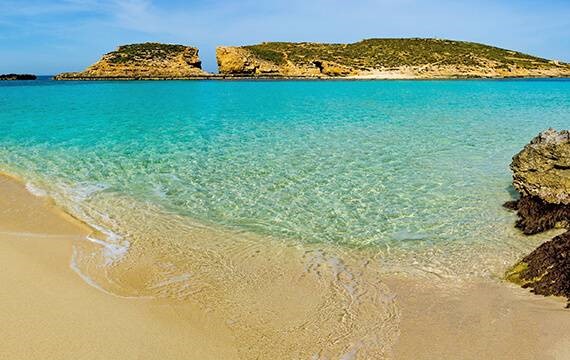



When the sun shines 300 days a year you are almost guaranteed good weather on a winter Malta holiday. September to November are the wettest months but the rain doesn’t linger and it’s often 20 degrees warmer than the UK. December to February offer a mild and dry climate with plenty of sun.
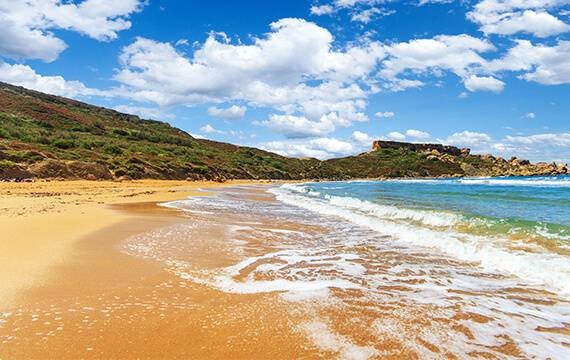
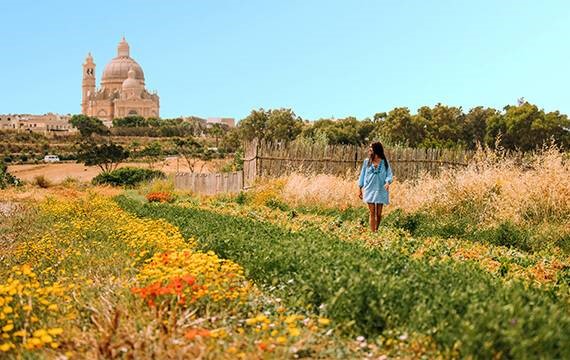
Three times more tourists visit Malta in summer than they do in winter. November to March is perfect for avoiding the crowds and having the islands all to yourself.
While some of the private beaches and outdoor swimming pools close in winter, the majority of Malta’s attractions only close around Christmas and New Year. The historic temples and excellent museums are more enjoyable when they’re not packed with other visitors.
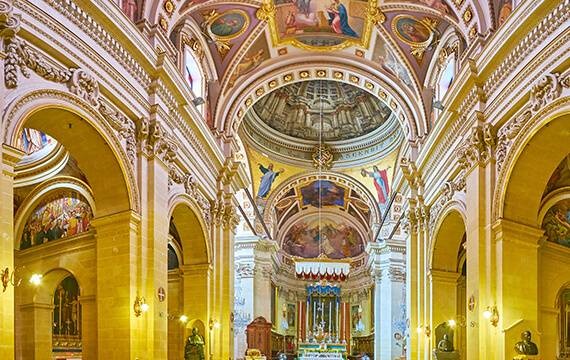

While some hotels close during winter, most are open throughout the year. With a lack of visitors to the island you can enjoy a great-value deal, especially at the larger resorts looking to attract visitors.
Malta is home to some of the world’s greatest historic sites, with temples and monuments that were built more than a millennia before Egypt’s pyramids. It can be hard to appreciate their beauty in summer, but in winter you’ll be all alone amid the history.
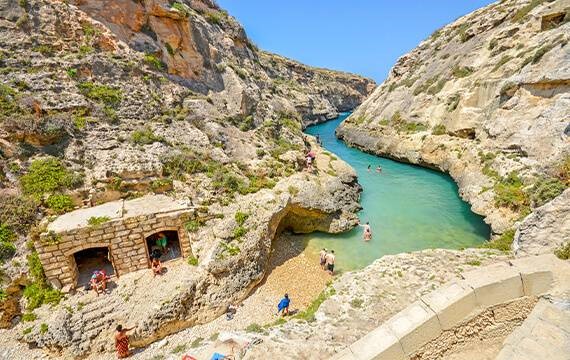
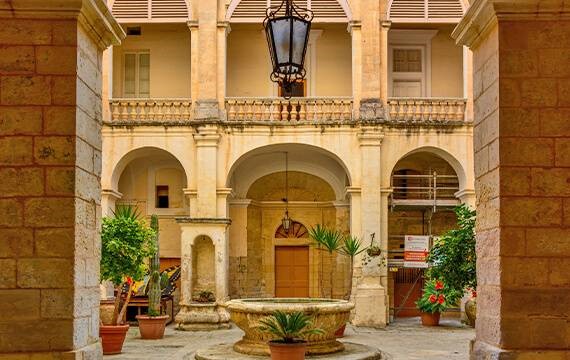
It’s advisable to visit these two great cities in the winter, when the afternoon temperature makes exploring easier. The museums and palaces in the cities are open all year around.
The world-famous Blue Lagoon is one of the most popular day trips in Malta. But it can be hard to enjoy the tranquility and beauty when the water is packed with tourists. Only a small handful of boats make the trip here in winter, so the experience is far more authentic.
